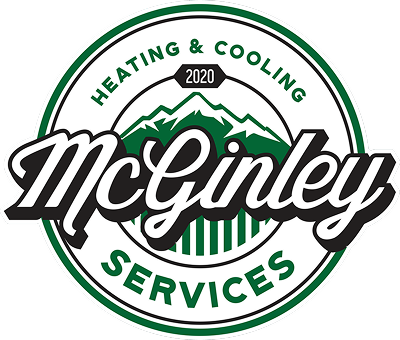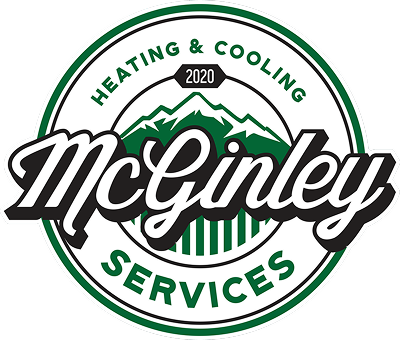
Top
Skip to Content


- Home
- About
- McGinley Gives
- Financing
- AC
- Heating
- HVAC
- Water Heaters
- Maintenance Plans
- Filters Shop
-
Service Area
- Abington
- Aldan
- Ambler
- Ardmore
- Aston
- Bala Cynwyd
- Blue Bell
- Bridgeport
- Brookhaven
- Broomall
- Bryn Mawr
- Chadds Ford
- Chesterbrook
- Chester Springs
- Clifton Heights
- Coatesville
- Collegeville
- Collingdale
- Conshohocken
- Crum Lynne
- Darby
- Downingtown
- Doylestown
- Drexel Hill
- Eagleville
- Eddystone
- Essington
- Exton
- Folcroft
- Folsom
- Frazer
- Garnet Valley
- Glenolden
- Glenside
- Gladwyne
- Glenn Mills
- Harleysville
- Hatboro
- Havertown
- Haverford Township
- Holmes
- Horsham
- Ithan
- Kennett Square
- King of Prussia
- Lafayette Hill
- Lansdale
- Lansdowne
- Lester
- Linwood
- Malvern
- Maple Glen
- Media
- Merion Station
- Morton
- Narberth
- Newtown Square
- Norristown
- North Wales
- Norwood
- Ogden
- Oreland
- Pottstown
- Primos
- Phoenixville
- Plymouth Meeting
- Prospect Park
- Radnor Township
- Ridley Park
- Rose Valley
- Royersford
- Sanatoga
- Schwenksville
- Secane
- Sharon Hill
- Spring City
- Springfield
- Swarthmore
- Tinicum Township
- Trainer
- Upper Darby
- Villanova
- Wayne
- Wallingford
- Warrington
- West Chester
- West Grove
- Willow Grove
- Woodlyn
- Wyndmoor
- Wynnewood
- Offers
- Reviews
- Home


- Home
- About
- AC
- Heating
- HVAC
- Water Heaters
- Maintenance Plans
-
Service Area
- Abington
- Aldan
- Ambler
- Ardmore
- Aston
- Bala Cynwyd
- Blue Bell
- Bridgeport
- Brookhaven
- Broomall
- Bryn Mawr
- Chadds Ford
- Chesterbrook
- Chester Springs
- Clifton Heights
- Coatesville
- Collegeville
- Collingdale
- Conshohocken
- Crum Lynne
- Darby
- Downingtown
- Doylestown
- Drexel Hill
- Eagleville
- Eddystone
- Essington
- Exton
- Folcroft
- Folsom
- Frazer
- Garnet Valley
- Glenolden
- Glenside
- Gladwyne
- Glenn Mills
- Harleysville
- Hatboro
- Havertown
- Haverford Township
- Holmes
- Horsham
- Ithan
- Kennett Square
- King of Prussia
- Lafayette Hill
- Lansdale
- Lansdowne
- Lester
- Linwood
- Malvern
- Maple Glen
- Media
- Merion Station
- Morton
- Narberth
- Newtown Square
- Norristown
- North Wales
- Norwood
- Ogden
- Oreland
- Pottstown
- Primos
- Phoenixville
- Plymouth Meeting
- Prospect Park
- Radnor Township
- Ridley Park
- Rose Valley
- Royersford
- Sanatoga
- Schwenksville
- Secane
- Sharon Hill
- Spring City
- Springfield
- Swarthmore
- Tinicum Township
- Trainer
- Upper Darby
- Villanova
- Wayne
- Wallingford
- Warrington
- West Chester
- West Grove
- Willow Grove
- Woodlyn
- Wyndmoor
- Wynnewood